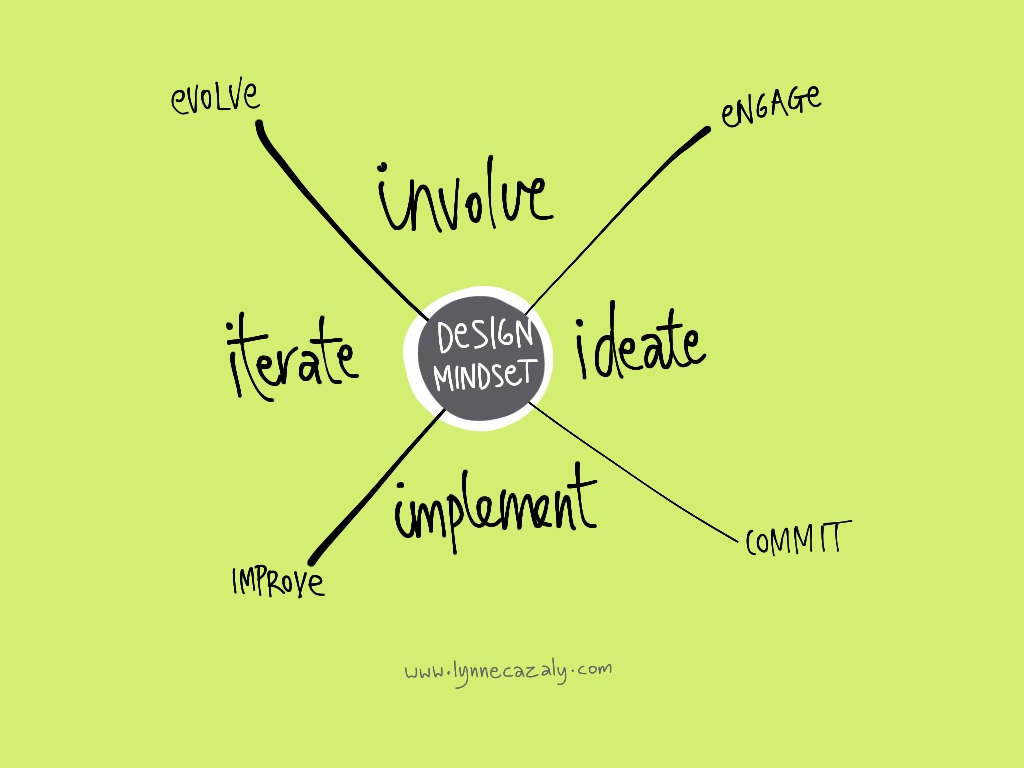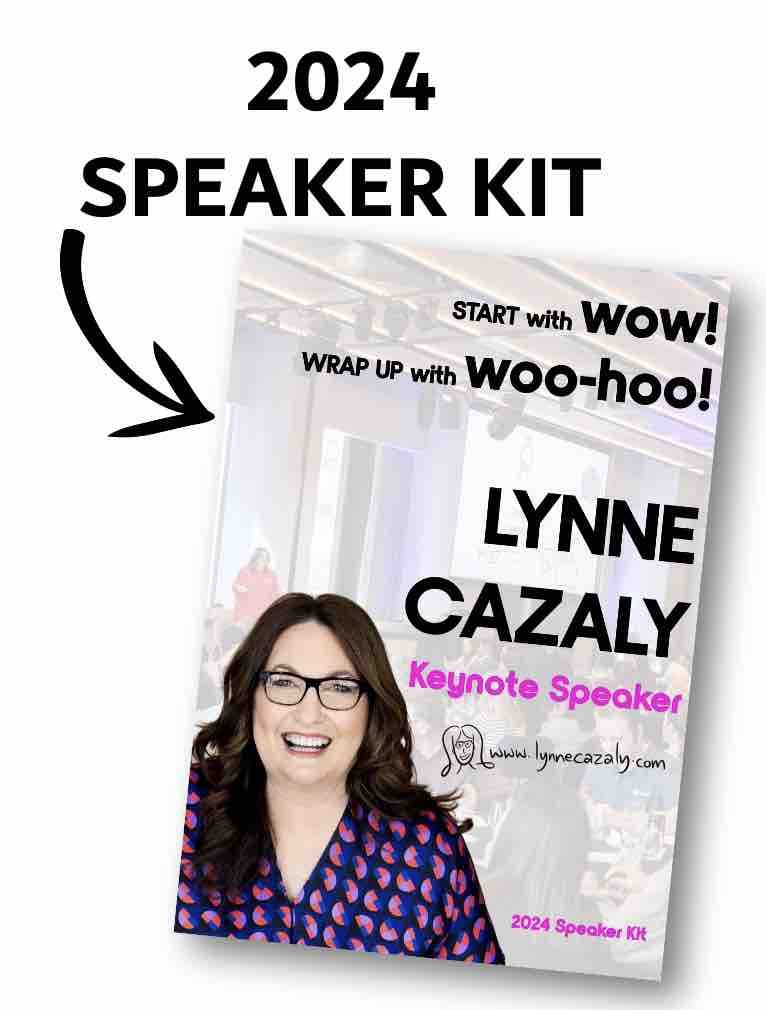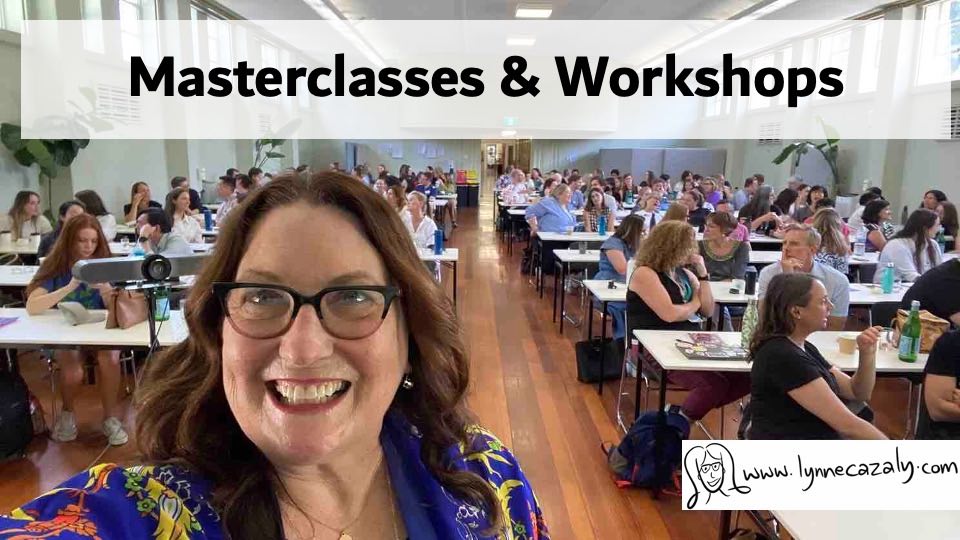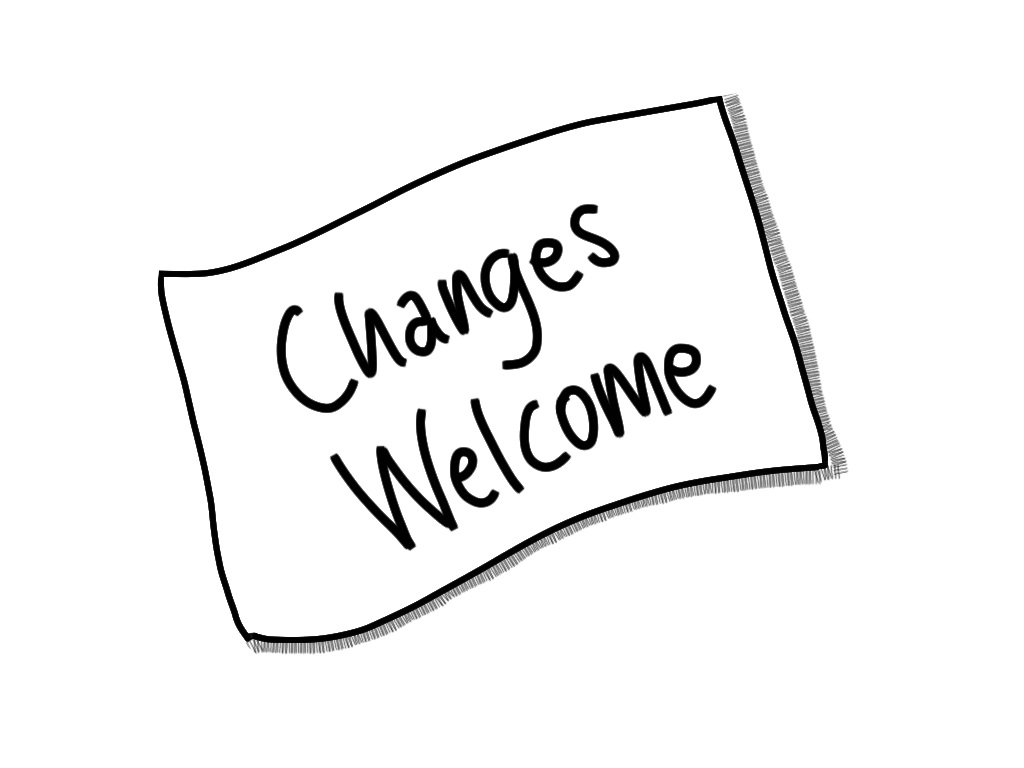Having a Design Mindset
 Tuesday, February 23, 2016 at 5:43PM
Tuesday, February 23, 2016 at 5:43PM The skills we’ll need for 2020 and beyond are shaping up as a slick looking list!
The skill of having a design mindset is right up there.
This doesn’t mean you need to know your way around design software, or know which colours go with what or even what an industrial designer does.
Rather it’s the frame of mind, the mindset that you adopt to think, solve and respond to what’s going on in your team, business, industry … the world.
Beyond ho-hum
A same/same response to strategy, performance, capability, culture and our teams is too ho-hum now. We can’t do the same as we always have.
Businesses who need to adapt and thrive (that includes the solo operator right through to mega-global big name players) need to increasingly take a design approach to many parts of their business.
A Design Mindset
I think a design mindset looks like this: 
- Involve: it starts with people, finding out what’s going on, what’s working, what’s not, what’s needed. This is about connecting to your customers, colleagues, users, stakeholders.
- Ideate: you come up with ideas, possibilities; it's ingenuity at work. Here you use your creativity and problem solving smarts to think of possible solutions.
- Implement: start something, do something. Don’t wait until it’s complete, test out a minimum viable product, process or service. Put stuff to work, try it out, experiment and take note of what happens. 'Have a crack,’ as we say in Australia.
- Iterate: You improve and evolve and keep working on it. Release another version, go again, ‘Have another crack’. The refining, adapting and responding is what keeps you agile, current and relevant.
Having a design mindset is vital for change leaders, strategic planners, product owners, business owners, team leaders and executives.
And when you adopt and apply a design mindset to the situations, projects and pieces of work that you're working on, you're better equipped to remain competitive and respond to uncertainty.
Strategy is changing; leadership is changing; organisations are changing.
We need to also change how we think about what we do if we want to get closer, go further and deliver better.
















